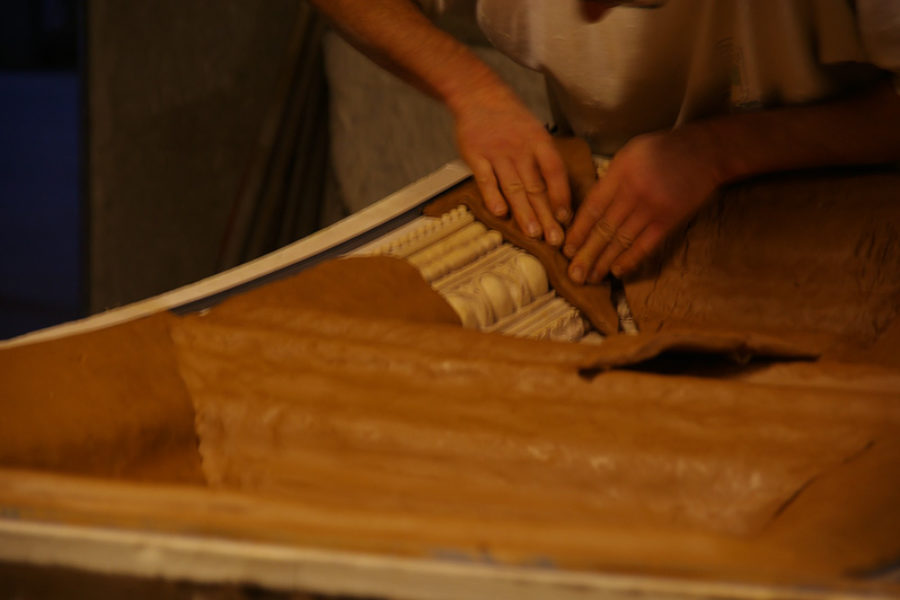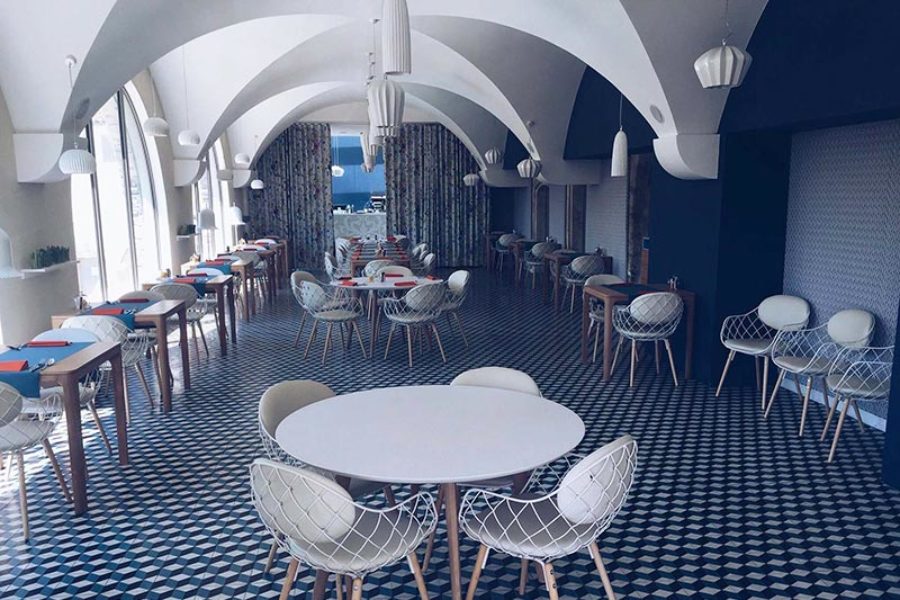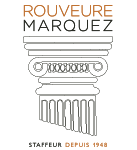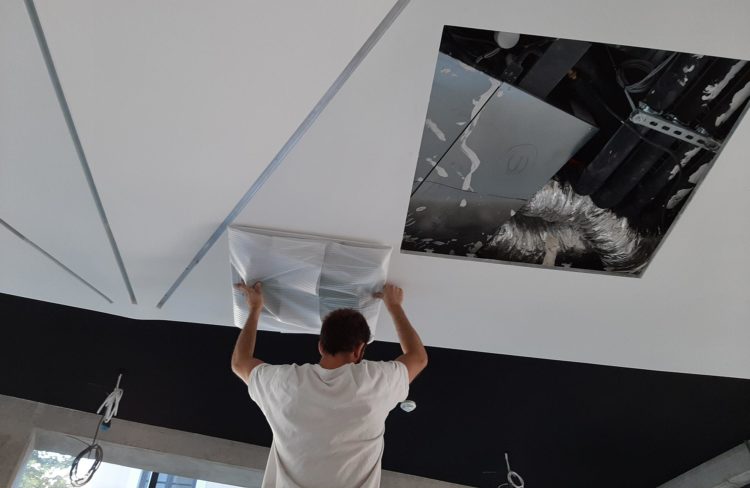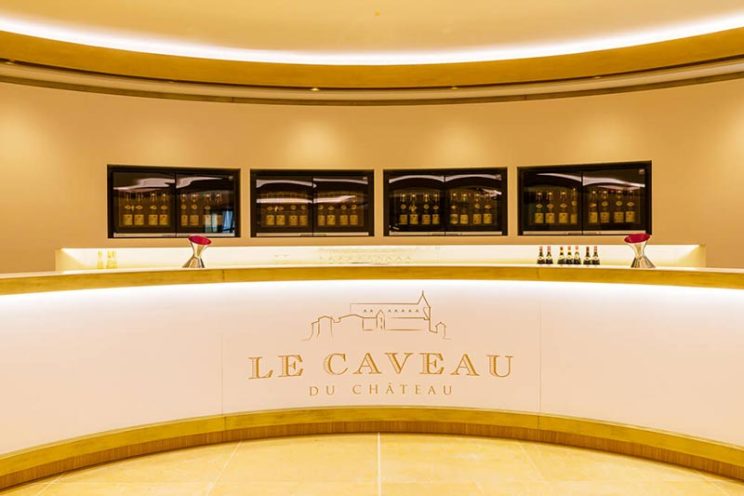What’s a mashrabiya ?
CNRTL definition
“A wooden lattice placed in front of a window in Arabic countries, allowing the people inside to see without being seen.”
Mashrabiyas were invented in the 11th century Orient. They are typically used to enclose windows and balconies facing the exterior. They present the advantage of letting air pass through without allowing heat into the room.
A Middle Eastern spirit with precisely drawn lines
There are different mashrabiya patterns of varying complexity. Fibrous plaster offers the advantage of being very easy to work, meaning it can produce patterns in meticulous detail.
These sculptures are being used more and more frequently in interior design, both at luxury hotels and in private residences.
They create intimate separations between different spaces.
Mashrabiya decorations may be inspired by traditional decorations but can also be more modern and contemporary, depending on the client’s needs and the architect’s plans.
These patterns can easily adorn a section of wall or the area around a door or mirror, for example. They can also be manufactured as movable panels to sculpt and resculpt the interior layout as the client sees fits.
These patterns create harmony between the modern material and the traditional know-how.
Mashrabiyas made of fibrous plaster
by Maison Rouveure Marquez
Maison Rouveure Marquez had the immense honour of working with architect JP Molyneux to manufacture décors in a mashrabiya spirit. Our ornamental plasterers put all their know-how to work to produce the most intricate, precise patterns.
Maison Rouveure Marquez also created mashrabiya patterns during its participation in the renovation of Le Couvent des Minimes. Production of illuminated bar siding and screens with mashrabiya patterns made from fibrous plaster.
Read also
